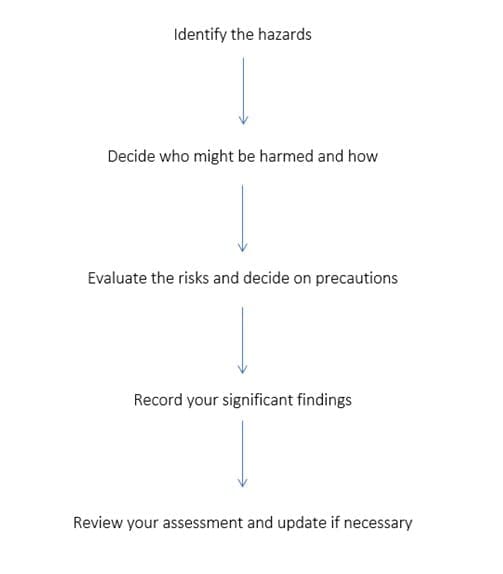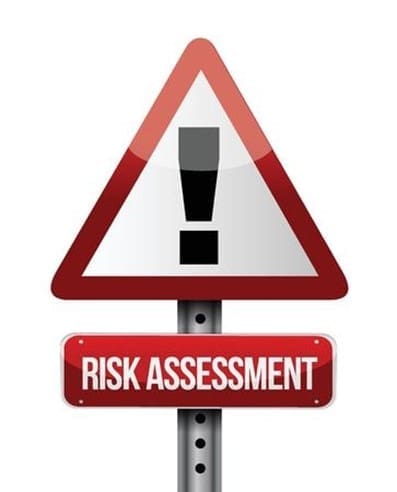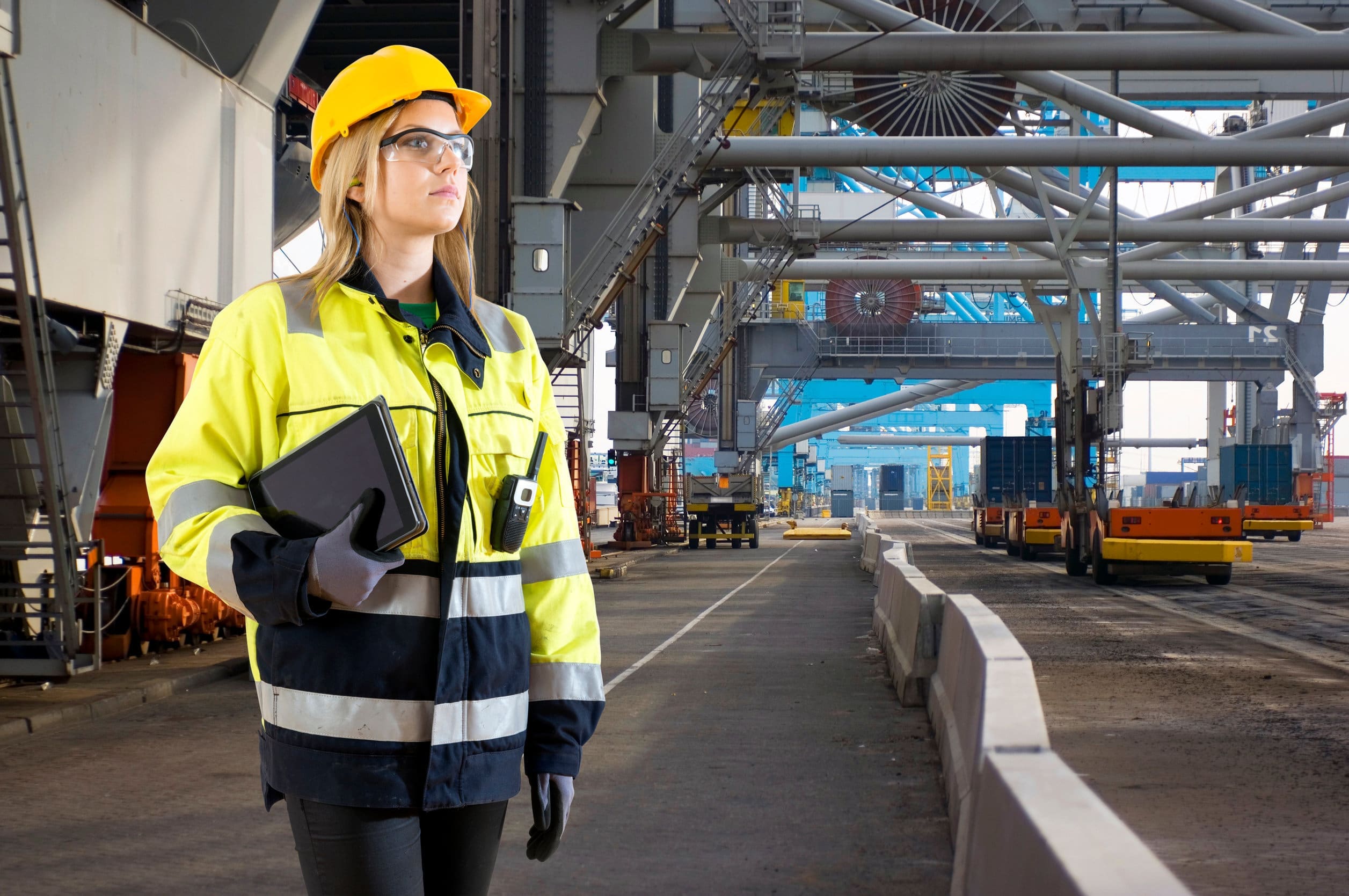In this post
Risk in the workplace is anything that can jeopardise the health, safety or security of people or possessions. Depending on the work environment, the types of risks that are present can be very different. For example, a factory will likely have large pieces of equipment that can be dangerous if operated incorrectly, whereas an office space may have faulty electrics which could be a fire risk. Any potential hazards need to be investigated and dealt with properly to make sure that those working in the company are safe and secure.
Identifying sources of risk
Risk can be present in many different forms. Within an office environment some of the main risks include:
- Electrical equipment such as computers and printers that could be faulty
- Exposed cables or wires that can be trip hazards
- Bad wiring
- Fires
- Goods and items left on the floor
- High shelves that are stacked poorly
- Open drawers or broken equipment
When there are more than five members of staff in a workplace you are required to carry out risk assessments, so in an office with five or more members of staff at once someone should be in charge of risk assessments to ensure the safety of all employees. For this reason, you should carefully plan risk assessments to take place at specific points in the year, but this process does not need to be long and time-consuming as long as everyone has a basic idea of how to minimise risks on a daily basis and who to consult if they spot a potential hazard.
You can find lots of information about risk management in the government’s Health and Safety Executive website at the following link:
http://www.hse.gov.uk/risk/controlling-risks.htm
On the HSE website there are plenty of tips to explain the considerations that are required when carrying out risk assessments and details of why they must be carried out. The HSE website identifies five main points when carrying out risk assessments which are:

Identify the hazards
When carrying out risk assessments you should try not to overcomplicate the process and remember that not everything needs to be documented. Many hazards that pose a threat will be obvious at first sight and you should constantly be on the lookout for things that could cause health issues and harm to staff or customers. By simply walking around the office and quickly assessing the situation in your own mind you will be able to spot potential risks such as exposed cables, broken objects or hanging wires which you can then document in a risk assessment to show that you have identified a potential risk and dealt with it.
This process will be different for every office and could include inspections of various areas including toilets, kitchens, inside and outside areas and any equipment being used. All of these things will carry their own risks, and the monitoring process for health hazards should be an ongoing process.
Decide who might be harmed and how
A hazard is only a risk if it poses a threat to someone or something. Once you have spotted a potential danger you should consider who could be at risk from this and what could possibly happen. This will usually require you to document a specific group of workers that are operating in an area such as the admin team or workers in a different department who are working where there is a hazard. You should be sure to document the risk and make sure that you have warned this particular group of the danger so that they are fully aware of what is happening and how it will be dealt with.
Evaluate the risks and decide upon precautions
Once you have identified a risk and who is in danger you must be able to evaluate what can be done to stop this hazard and make the area safe again. You are required by law to do everything that is ‘reasonably practical’ to protect people in the vicinity from any harm and you must work to swiftly correct what is posing a threat and be sure to take any precautions that are necessary.
Fixing the issue in question will require different methods depending on the hazard and will also incur various costs if a piece of equipment needs to be replaced. Some issues may be very easy to fix and only take a few seconds whereas others could halt your work because of a major fault that is posing a hazard. The costs incurred will also depend on the venue in question, as a luxury location may be more expensive to fix due to regulations and requirements being much more stringent.

Findings of your risk assessments should be documented and shared with different parties. You should always notify the health and safety officer of your findings and explain measures that have been put in place to secure your safety. As well as this you must complete your risk assessments and then document these by keeping them in a folder so that they can be accessed at a later date should this be required.
Review your risk assessments
Risk assessments should be regularly reviewed and you must update your paperwork when needed. This may well be done by a designated health and safety officer but in smaller companies this duty will likely fall to anyone that is present in the workplace. The risk should be monitored and any further actions that have been taken need to be recorded to show that the hazard has been properly dealt with and no longer poses any danger to employees or customers.



